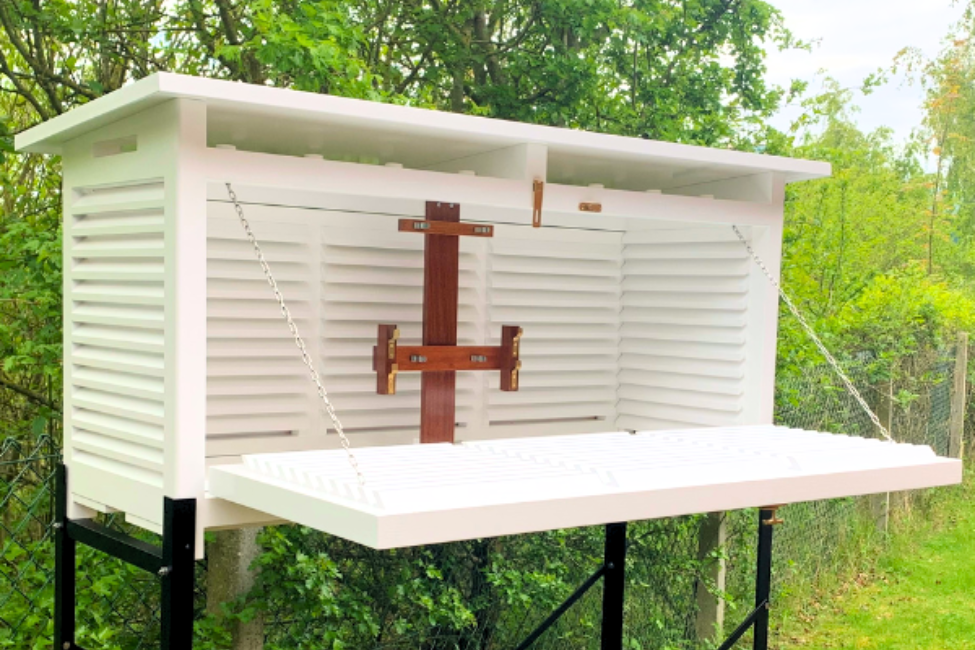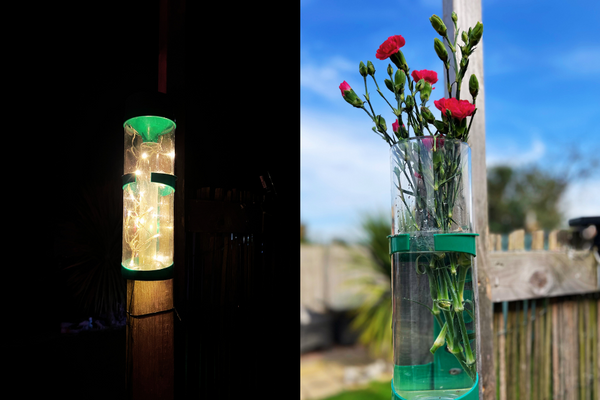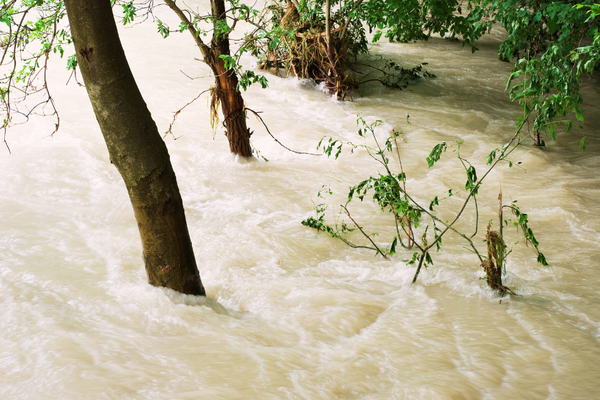Understanding the Stevenson Screen

2 minute read
A Stevenson Screen, also known as an instrument shelter or thermometer screen, is a piece of meteorological equipment used to house instruments that measure weather conditions. Developed in the mid-19th century by Thomas Stevenson, a lighthouse and harbour engineer, his goal was to create a standard method for protecting meteorological instruments from direct radiation while allowing for free air circulation, ensuring accurate and consistent measurements. The design quickly gained widespread acceptance and became a standard in meteorology, setting the foundation for reliable climate data collection around the world.
Based on a 2024 study from the University of Reading, Stevenson Screens are "consistently producing accurate temperature readings for vital meteorological data collection." Weather instruments, such as thermometers and hygrometers, are sensitive to environmental factors like direct sunlight, rain, and wind. Without protection, these instruments can give inaccurate readings, which would impact everything from local weather forecasting to long-term climate monitoring. By shielding the instruments while allowing for ventilation, the Stevenson Screen ensures that the data collected reflects true ambient air conditions.
A Stevenson Screen typically houses a variety of instruments that measure key weather parameters. The most common instruments include:
- Thermometers: To measure air temperature. Usually, maximum, minimum and ordinary thermometers are included.
- Hygrometer: An instrument that measures humidity levels in the air.
- Wet and Dry Bulb Thermometer: A type of hygrometer that uses two thermometers, one wet and one dry, to measure the relative humidity by comparing the temperature difference between them.
- Barometer: Although less common, a barometer for measuring atmospheric pressure can also be placed within the screen.
The recent study conducted by the University of Reading compares a conventional Stevenson Screen with a state-of-the-art aspirated thermometer, a device that measures air temperature by using forced ventilation and special shielding instead of a standard meteorological screen. According to the study, “the differences were minimal yet researchers found that in some rare weather conditions, traditional screens showed preference with a magnitude exceeding 1°C in daily maximum and minimum temperatures.”
The Stevenson Screen is more than just a protective box—it's a foundation for accurate meteorological data collection. Its design, which still dates back to Thomas Stevenson in the 19th century, has stood the test of time, ensuring that critical weather instruments like thermometers and hygrometers provide precise and reliable measurements. Lead researcher, Professor Giles, of the University of Reading states that “generally, the Stevenson Screen has served us well and continues to. Significant discrepancies between its readings and the modern method were only occasional, and our findings in no way challenge the important understanding that global climate is warming overall.” By shielding these instruments from external influences and maintaining standardised conditions, the Stevenson Screen plays an indispensable role in both daily weather forecasting and long-term climate research, making it an essential tool for scientists and meteorologists worldwide 160 years later.
Did You Know? Thomas Stevenson was the father of Robert Louis Stevenson, who wrote Treasure Island.
Also in Metcheck News

Dry Days? Try These Rain Gauge Hacks This Spring
Rain in short supply? Don’t let your rain gauge sit idle! Here are some unexpectedly fun ways to put it to use during a dry spell.

Closing the Early Warning Gap with Metcheck
Extreme weather events are becoming more frequent and severe, making early warnings crucial. Unfortunately, access isn't universal.

Sunshine or Shadows? The Groundhog Decides
Will it be 6 more weeks of winter or will there be an early spring? Read on to find out more about this North American tradition.
